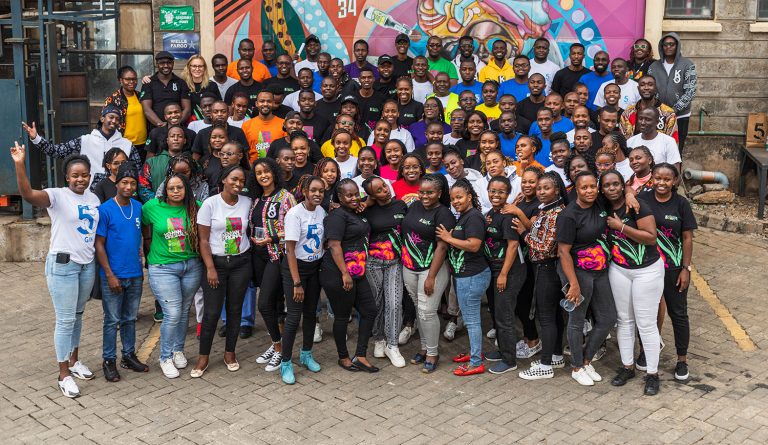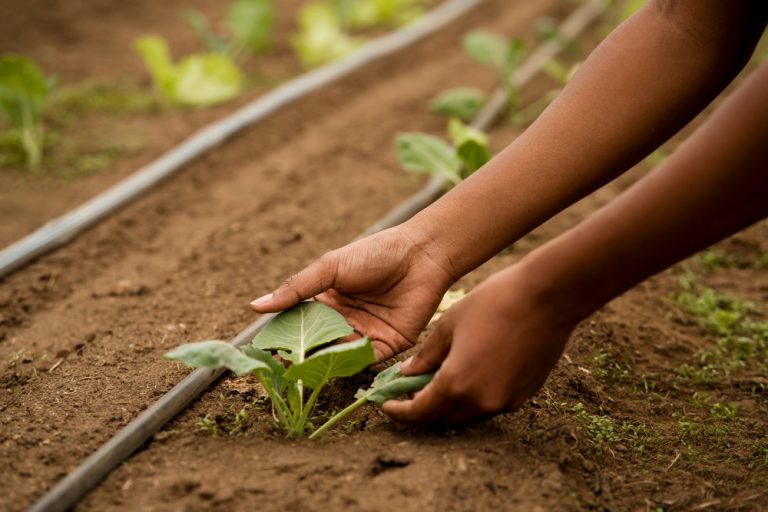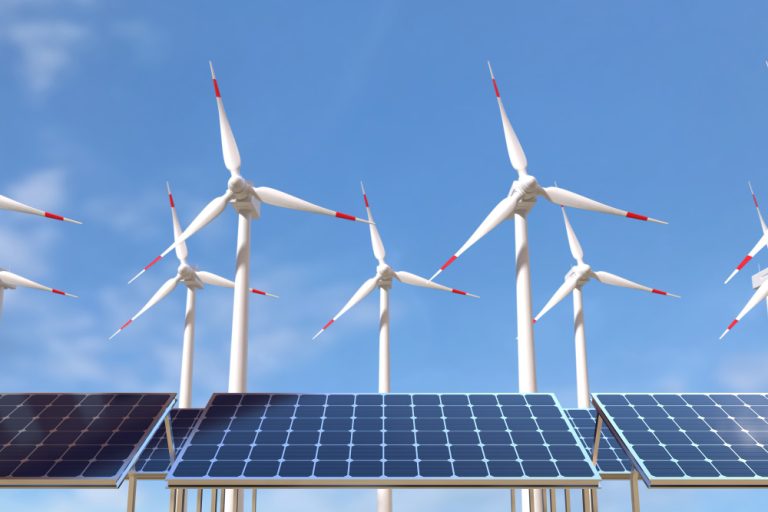Africa’s urban centres are evolving rapidly—by 2050, nearly 60% of the continent’s population is expected to live in cities. This explosive urban growth brings opportunity but also immense strain on local governments expected to deliver infrastructure, social services, and economic opportunities in a sustainable way.
Yet, despite years of decentralisation promises, most African municipalities remain chronically under-resourced and poorly equipped. It’s time to reframe the conversation—cities aren’t just service providers, they’re catalysts for sustainable development. But they can’t deliver without one critical ingredient: financial autonomy backed by real capacity.
Cities can’t build what they can’t finance. From housing to sanitation, from climate adaptation to transport systems, the demand for basic infrastructure is accelerating. Relying on unpredictable central government transfers and outdated tax mechanisms is simply not enough. The urban infrastructure deficit is widening, threatening to undercut Africa’s development gains.
Read also: How cities can lead the way to Net Zero
Local governments are often viewed as weak fiscal actors—but in reality, they are the frontline. They’re responsible for implementing land use plans, safeguarding the environment, and making development tangible to the people. But to deliver, they need more than a mandate—they need control over how they raise, manage, and allocate funds.
Many municipalities have the legal mandate to collect revenue but lack the tools and know-how to do it effectively. Property taxes, a globally reliable source of local revenue, are severely underutilised across the continent. Outdated land records, weak cadastral systems, and a shortage of trained valuers undermine both transparency and trust.
Still, change is possible. Sierra Leone’s cities like Bo and Makeni have made promising strides by using GPS-enabled devices and locally trained teams to map and value properties, cutting down corruption and boosting revenue collection. In Kenya, introducing a Single Business Permit system streamlined licensing and enhanced compliance. These are proof points: with community buy-in, political will, and the right technical support, reform is within reach.
Fiscal autonomy without the capacity to manage it is a dead end. Too many city governments are unable to prepare sound budgets, analyse the costs and benefits of major projects, or negotiate terms with investors. This skills gap keeps cities locked out of capital markets—even in countries where municipal bond frameworks already exist.
Success stories like Johannesburg and eThekwini issuing bonds underscore a critical point: good financial governance and institutional credibility are prerequisites for access to capital. Conversely, cities like Dakar and Kampala remain shut out due to centralised control and weak financial systems.
A smarter path forward rests on four pillars:
-
Upgrading local revenue systems with satellite mapping, GIS-based property registries, and digital payments.
-
Strengthening intergovernmental fiscal relations to ensure funds truly follow functions, moving beyond rhetoric to realignment of responsibilities and predictable financing.
-
Building robust financial management skills through long-term capacity development, attractive public sector careers, and collaboration with universities and partners.
-
Innovating financing models by unlocking instruments like municipal bonds, land value capture, green finance, and public-private partnerships—built on a foundation of transparency and trust.
South Africa’s 2025 Budget proposal to allocate over R1 trillion to infrastructure is promising. But without local capacity to leverage these funds or enter co-financing arrangements, the impact will be limited.
There are those who fear financial decentralisation. The risks, they argue, are too high—cities might mismanage funds or fall into debt traps. But the greater risk is inertia. If we fail to act, Africa’s urban future could be one of sprawl, underinvestment, and deepening inequalities.
The upcoming United Nations 4th International Conference on Financing for Development in Seville provides a timely platform to elevate subnational finance on the global agenda.
Let’s not waste the moment. Empowering Africa’s cities requires more than good intentions. It demands action: more autonomy, more capacity, and more investment in the expertise that can turn urban ambition into sustainable development.
Because the future of Africa will be decided in its cities.















